Anencephaly – A Lethal Fetal Neurological Malformation
Jan 11 2023 | Medicover Hospitals | HyderabadThe patient of 23 years old belonging to rural Indian origin had no previous medical or surgical history, no notion of consanguinity, gravida 1, para 0, came to first trimester screening. On general examination, the patient was clinically stable, height at 157cm, weight at 60kg, no edema of the lower limbs, normal blood pressure at, 98% saturation and normal temperature.
The risk factors for this condition can be genetic, diabetics, obesity, over exposure to heat in early pregnancy and use of certain medications in pregnancy such as anti-seizure drugs.
Ultrasound findings: The cranial vault, usually fully formed at 9 weeks of pregnancy, is absent. At 9–11 weeks, the cerebrovascular area can be identified, but this degenerates up to 15 weeks. Basal vessels may even be seen later. Even at the end of the first trimester, the form of the head appears unusual, and the cerebrovascular area and in particular the brain float freely, as seen on vaginal sonography. Biometric assessment at the beginning of the second trimester fails to demonstrate the bi parietal diameter, thus confirming the diagnosis. The lower part of the facial vault up to the level of the orbits is not affected, and even the brain stem remains intact. The fetal face often has a “frog-like” appearance, with prominent orbits. Myelomeningocele in the cervical or lumbosacral region may accompany this anomaly. In late pregnancy, the absence of a swallowing reflex leads to hydramnios.
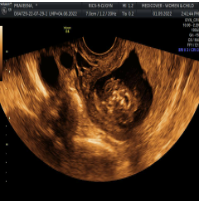
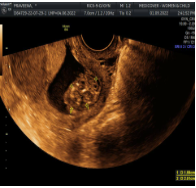
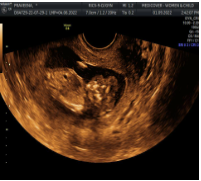
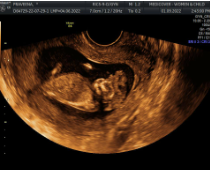
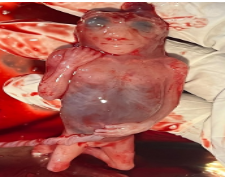
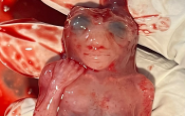
Associated malformations: Spina bifida, facial clefts, omphalocele, renal anomalies, amniotic banding, Cantrell pentalogy.
Clinical management: After the diagnosis is made, most women opt for termination of pregnancy. In the remaining cases, treatment for hydramnios is indicated to relieve maternal symptoms.
Procedure after birth: Therapy is not possible. Some of the affected neonates survive as much as a few days after birth.
Prognosis: This is considered a fatal malformation, resulting in intrauterine death in 50% of affected fetuses and neonatal death in the remaining 50%.
Recommendation for the patient: Before planning the next pregnancy, a regular daily intake of folic acid (4 mg/d) considerably reduces the risk of recurrence.
Popular Posts
- Spontaneous response to “Matrutva” workshop 25.08.2022
- Medicover Hospitals has done Liver Diseases Awareness program and Launched Liver Clinic. 24.08.2022
- A baby born at 24 weeks of gestation with a less chance of survival was saved 22.08.2022
- Mahabubnagar farmer recovers after complex brain surgery at Medicover Hospitals 24.06.2022
- Medicover Hospitals organized “Walkathon”: An event to raise awareness on World No Tobacco Day 2022 03.06.2022
- Fetal Heart Rate Problem 02.06.2022
- Man with Severe Bullet Injuries from Yemen Saved at Medicover Hospitals 01.06.2022
